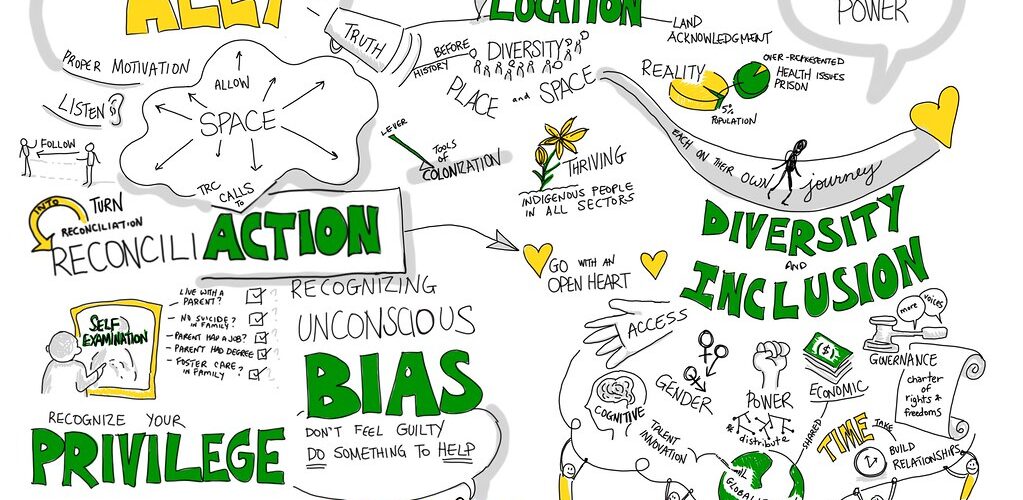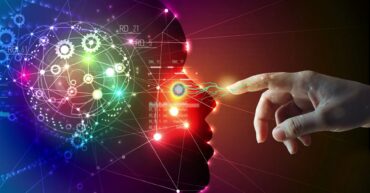Breaking Down AI Bias: Causes and Solutions
- August 3, 2023
- Posted by: Kulbir Singh
- Category: Artificial Intelligence Data Science

Imagine you’re playing a video game where you get to create a team of heroes to go on adventures. But there’s a glitch in the game: it keeps picking the same type of hero over and over, even though you know other heroes would be just as good, or even better, for your adventure. This isn’t fair to all the heroes, right? Well, in the real world of Artificial Intelligence (AI), something similar can happen, and it’s called AI bias. Let’s explore what AI bias is, why it happens, and how we can work together to fix it.
What is AI Bias?
AI bias is when AI systems, like robots or computer programs, make unfair decisions or show favoritism. Just like in our video game example, AI might pick one type of solution or favor certain information over others, not because it’s better but because of a glitch in how it learned things. This can happen in all sorts of ways, like voice assistants not understanding different accents, or online games recommending the same kind of games to everyone, even if they have different interests.
Why Does AI Bias Happen?
Learning from Biased Information: AI learns from data, which is information it’s given by humans. If this data has biases – like preferring one type of thing over another because of human prejudices – the AI will learn these biases too. It’s like if someone only told you fairy tales about dragons being bad, you might believe all dragons are bad, even if that’s not true.
Not Enough Variety: Sometimes, AI isn’t given a wide enough variety of information to learn from. It’s like only reading one book your whole life and thinking that’s how the whole world works. If AI doesn’t see enough different examples, it can make narrow-minded decisions.
Design Choices: The people who make AI systems sometimes make decisions that can lead to bias, even if they don’t mean to. For example, they might not think about including different kinds of voices or faces for the AI to learn from.
Solutions: Fixing AI Bias
Fixing AI bias is a bit like making sure everyone gets a fair turn in a game. Here are some ways we can work on it:
More Diverse Data: We can make sure AI learns from a wide variety of information. This is like reading books from all over the world instead of just one place, so the AI gets to learn about different people, cultures, and ideas.
Check for Fairness: Just like referees in sports games make sure everyone plays by the rules, we can have “fairness checks” for AI. This means regularly testing AI decisions to see if they’re fair and making changes if they’re not.
Involve Everyone: When creating AI, it’s important to have a team of people from different backgrounds and perspectives. This way, they can help spot potential biases and make sure the AI is fair for everyone. It’s like having a diverse group of friends help plan an adventure, so it’s fun for everyone.
Education and Awareness: Learning about AI bias and talking about it is super important. The more people know about it, the more they can help stop it. It’s like learning about how to play fair in games and then teaching your friends so everyone has a good time.
What Happens Next?
By working together to spot AI bias and fix it, we’re making sure that the future of AI is bright and fair for everyone. It’s a bit like being heroes on a quest to make sure the digital world is a place where everyone is treated equally, and every hero gets a chance to shine.
Conclusion
AI bias might sound like a tough challenge, but it’s one we can overcome by being aware, asking questions, and working together. Just like in the best teams of heroes, everyone has their unique strengths and perspectives, and by combining them, we can create an AI that’s not only smart but also kind and fair. So, let’s put on our hero capes and work towards an AI future that’s inclusive and welcoming for all!
A Large Language Model (LLM) is a type of deep learning model trained on massive text datasets to understand and generate human language.
Humans and artificial intelligence (AI) have been contrasted and compared frequently.Some worry that AI will drive people out of many professions, while others argue that AI will never fully replace human intelligence and creativity.
Autonomous vehicles, also known as self-driving cars, are like smart robots that can drive themselves without a human driver.



